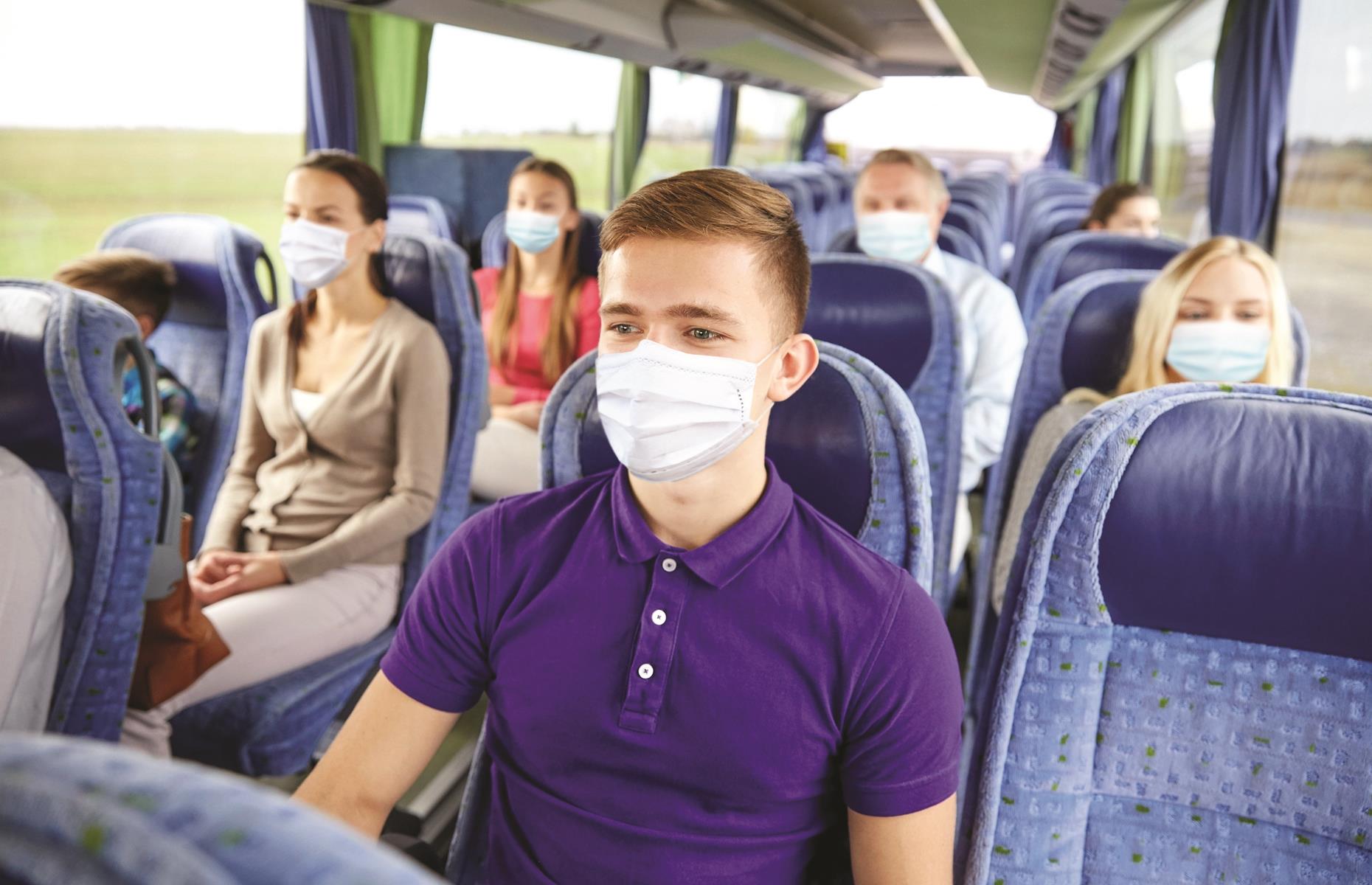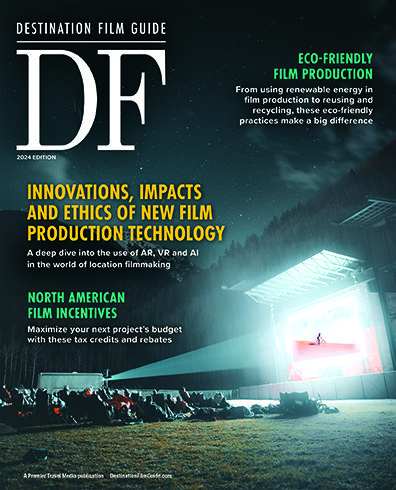The Alliance of Motion Picture and Television Producers unveiled its new recommendations for film production to resume safely.
The film and television production industry finds itself in an uncomfortable lurch and a climate of paradoxes. Streaming service popularity has surged further in popularity with viewers sheltering at home, yet movie theaters across the country remain shuttered. A consensus has emerged that outdoor activities are much less likely to transmit the COVID-19 virus—a promising sign for exterior film shoots. Yet popular production locations such as California, New York City and Georgia unfortunately claim some of America’s highest infection rates. What all industry experts do collectively agree on is that film productions will return in a staggered fashion, and the nature of filmmaking will be altered until a vaccine is found.
Proactively, the Alliance of Motion Picture and Television Producers commissioned a task force to create industry-wide guidelines for safe resumption of film shoots once production has been safely cleared by local health officials and union groups. The entire document is worth reading, and we’ve provided a link to it below, but here are the broad strokes:
Infection Control
Simply put, any surfaces touched by multiple people will need constant disinfection. For crew members, this can mean common area items such as doorknobs, faucet handles, headsets and vehicle steering wheels, while performers will need to be cautious with props, costumes and wearable accessories like wigs or face prosthetics. As well, paper items such as scripts, crew lists, call sheets and set blueprints should be transferred to personal electronic devices like phones and tablets to minimize transmission. Craft services will also be significantly altered; the task force suggests eliminating buffet-style food service and instead relying on individually wrapped food items that cast and crew can eat alone in their trailers or offices.
Protecting and Supporting Cast and Crew Health and Safety
All sets should require the presence of a COVID-19 compliance officer who ensures that workplace protocols are upheld. These officers would enforce social distancing, ensure a sufficient PPE mask supply and educate cast and crew members about evolving set policies. All employees will be required to undergo temperature checks or fill out an electronic symptom survey to prevent infected individuals from entering the set, and each production should develop a quarantine and paid leave policy negotiated through industry unions.
Physical Distancing
By now, all Americans understand the basics tenets of social distancing: keep six feet distance whenever possible, wear a mask when in a crowded space and avoid any physical contact. The task force recommends applying that same philosophy to the various shared workplaces found on-set. Writers’ rooms should hold video conferences whenever possible, department meetings should happen virtually and live audiences are discouraged for talk show and game show tapings. As well, the video village should only be occupied by the director; all other personnel like as script supervisors, cinematographers and producers should view footage and dailies through a separate monitor. Producers will need to set strict guidelines about friends and family visiting the set, and other non-essential personnel should limit their presence.
Unique Production-Specific Concerns
While many of the above recommendations could be applied to many workplaces, the film industry utilizes many circumstances where physically distancing isn’t practically possible. For example, hair & makeup artists, lighting technicians and even actors themselves may need extended face-to-face time. In this case, the task force recommends eliminating any dead time by streamlining makeup application, minimizing scenes with crowds and sending actors away from the set during setup changes. Performers that may be particularly susceptible to infection such as animals, minors and elderly individuals are also discouraged from spending extended time on set until infection rates significantly decline. Meanwhile, location scouts should seek out indoor spaces with significant ventilation, easy access to emergency care centers and minimal infectious surfaces such as columns.
https://www.documentcloud.org/documents/6935424-Task-Force-White-Paper-6-1-20.html



